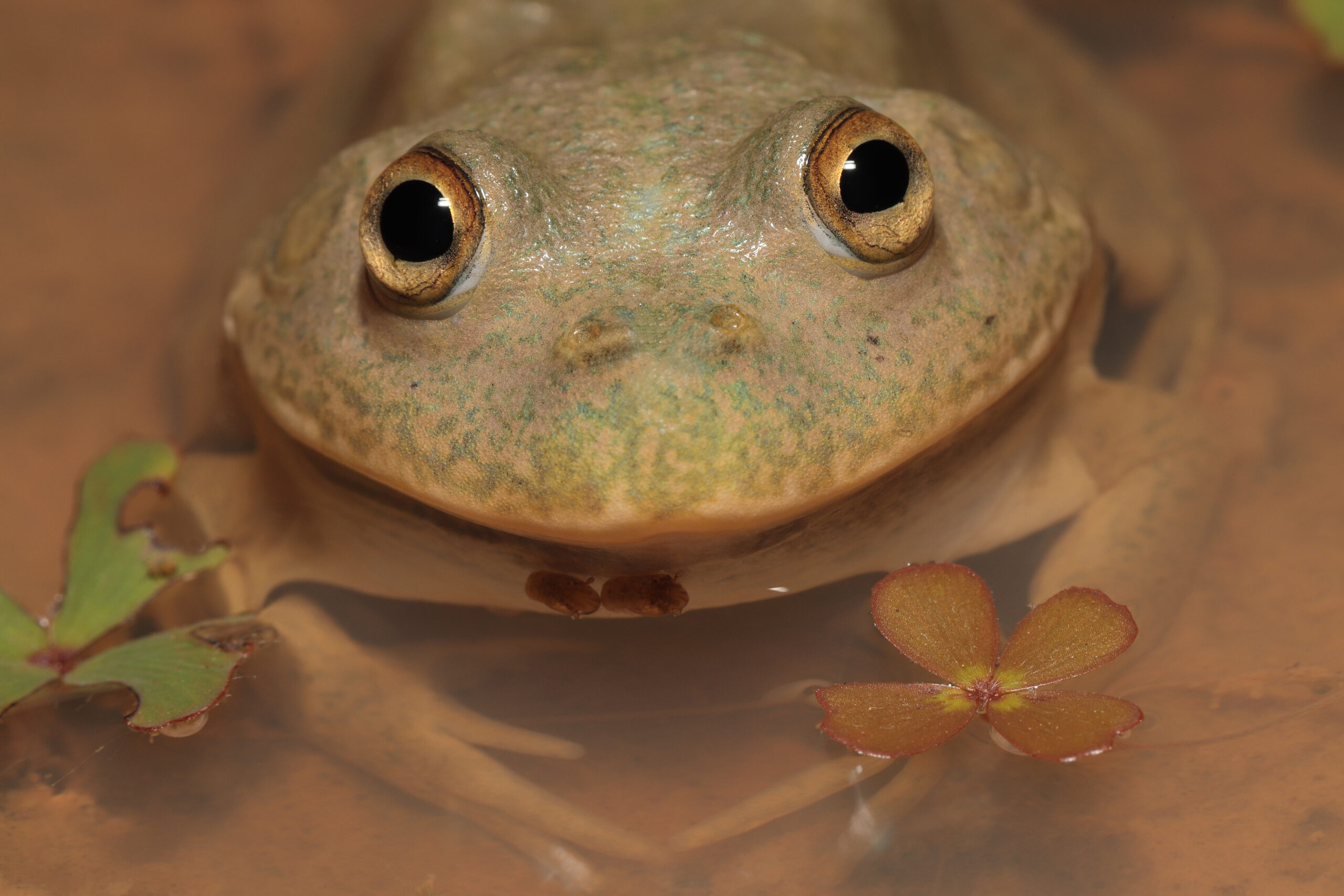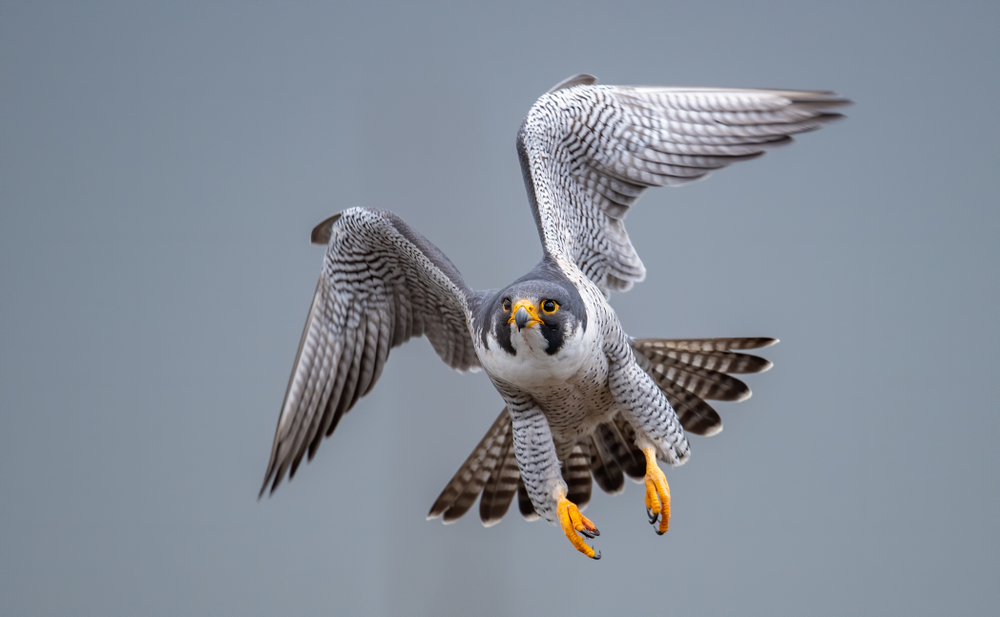| Common name | Orca |
| Scientific name | Orcinus orca |
| Type | Mammal |
| Diet | Carnivore feeding on fish and other marine animals including seals and sea lions, rays and sharks, dolphins, whales and even seabirds. |
| Average lifespan | 50–80 years |
| Size | Up to 8m in length, and usually weighing between 3500kg and 5400kg. |
One of the world’s most powerful predators, the orca is often referred to as a killer whale, but is in fact, the largest member of the dolphin family. Famously recognisable thanks to its unique black and white colouring, the orca is classified as an Odontocete, meaning it has teeth, where other whales and dolphins have a mouth full of baleen, a keratinized structure like fingernails or hair.
Although they prefer cold water, orcas can live in all the world’s oceans from the Antarctic to the tropics. Orcas tend to follow their tummies and go where the food is, making their movement patterns less predictable than whales, which follow seasonal migration patterns. At the top of the food chain, orcas take advantage of their sharp 8cm long teeth and feast on a wide range of marine life including fish, penguins, seals, sea lions and seabirds. Ruthless in their pursuit of a meal, orcas are the ocean’s apex predator, meaning they have no natural predator and have even been known to hunt great white sharks and whales.
Orcas live in close knit groups, known as ‘pods’ in a matriarchal society, where knowledge is passed down to the younger generation by their elders. Older female orcas share information about hunting techniques, vocalisations and calls that are unique to their pod, and the specific ‘accent’ of the population. Pods usually contain up to 40 orcas and can be either resident or transient. Resident pods prefer to eat fish and transient pods enjoy a diet of marine mammals, resulting in niche specialisations that we see in orca populations today. Pods have evolved over millions of years to be genetically different from one another, with their own appearances and culture, yet each use effective, cooperative hunting techniques likened to a wolf pack.
Protective of their young, mother orcas give birth every 3–10 years and raise their young with the help of other adolescent females. Nursing for up to two years, the bond between mother and juvenile eventually weakens and young orcas must make the journey to find their own pod, with a few remaining within the original family group.
Highly intelligent, orcas communicate below the water’s surface through a series of clicks, pulsed call types and tonal whistles. Each pod has its own dialect, and this vocabulary is used in hunting and to maintain the group’s identity and cohesiveness. Once a common sight in marine park captivity, orcas would perform shows for human entertainment, but ongoing research indicates that artificial enclosures contribute to stress and the development of zoochosis (harmful repetitive behaviours) and this can lead to a reduced quality of life and lifespan for the orca.








